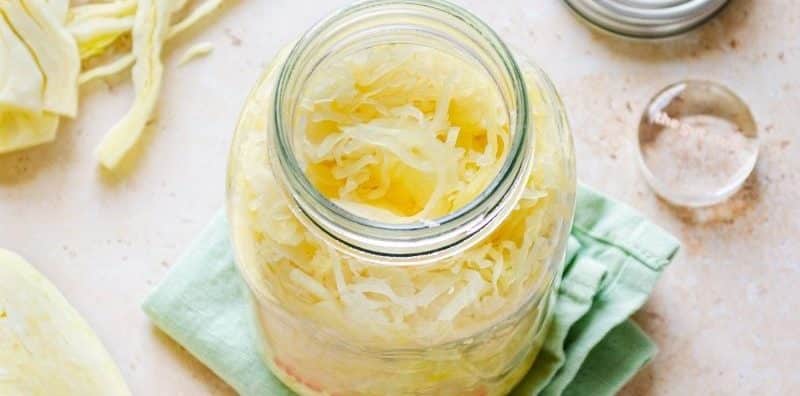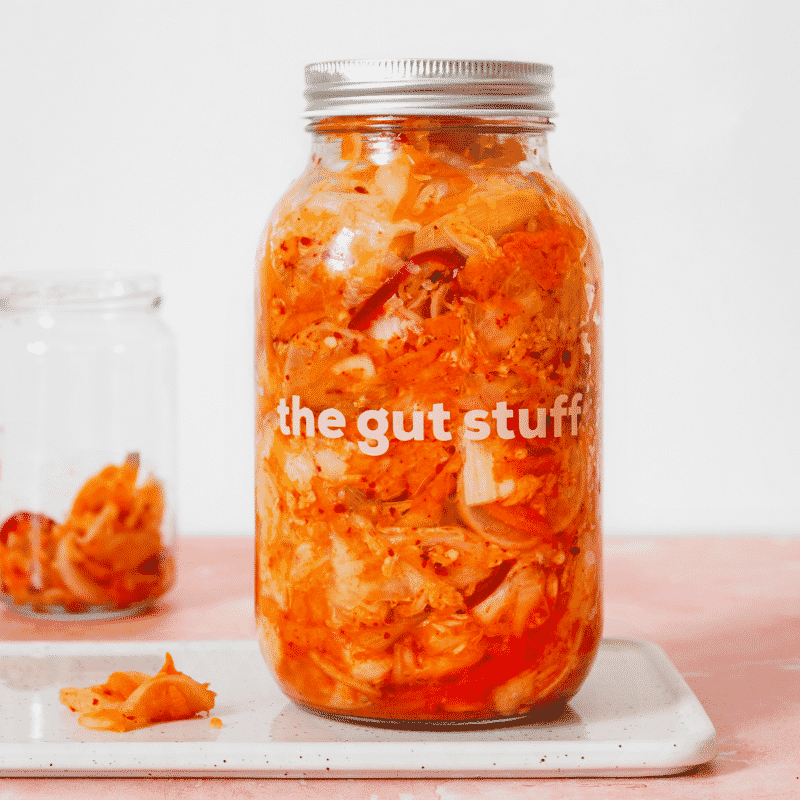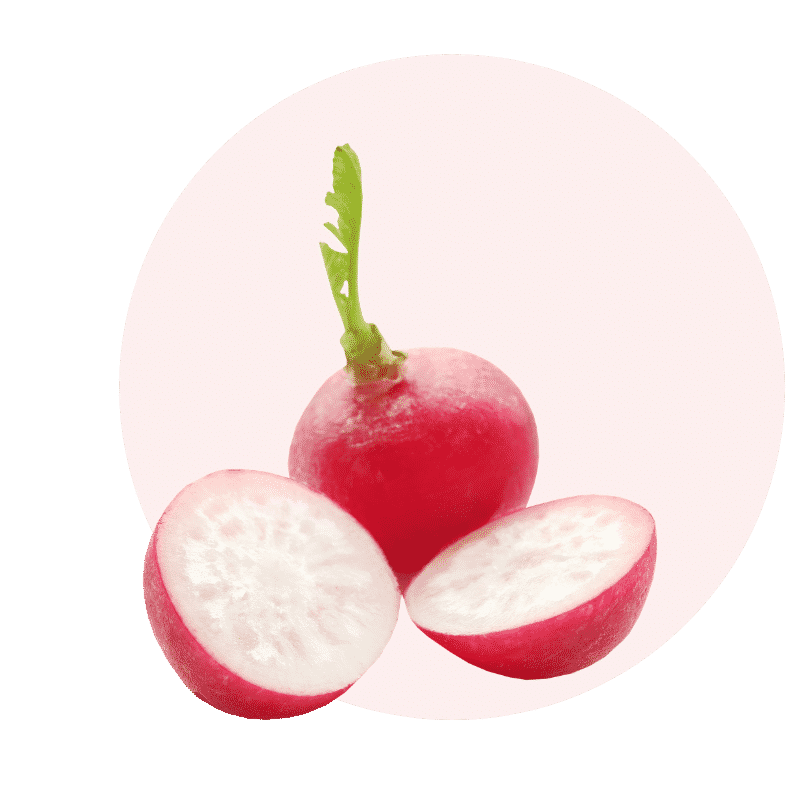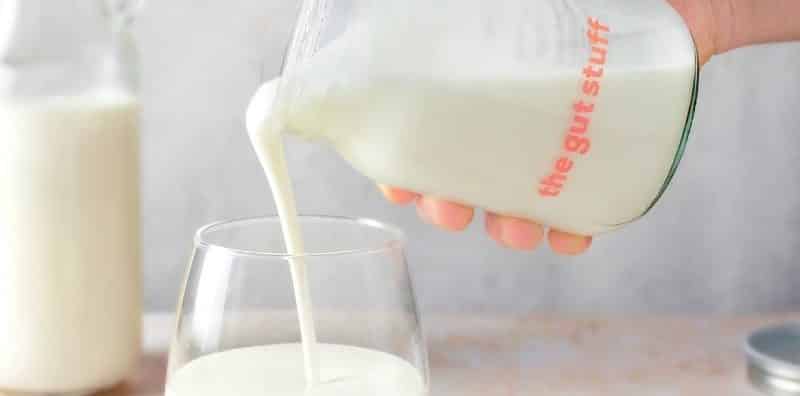
how to make kimchi

meet the ferment*…
history: Kimchi’s history is rich in flavours and adaptation. Its origins can be traced back to 3000 years ago in Korea where salt was used as a method of preserving vegetables during the cold winters. Over the years it evolved with the introduction of chilli peppers and spices such as garlic and ginger, nowadays there are over 200 types of kimchi.
what is it? Spicy fermented vegetables
flavour: Flavour packed, pungent and a little sour
Kimchi is created by lacto-fermentation, which is fermentation by lactobacillus bacteria. The fermentation is carried out by various microorganisms present in the ingredients.
This kimchi recipe hits a MEGA 15 on the variety counter.
ingredients
2 tbsp sea salt
1L water
1 chinese leaf cabbage (napa cabbage)
2 carrots, grated
1 bunch spring onions
100g radishes
100g fresh ginger
6 large garlic cloves
2 red chillies
2 shallots
1-3 tbsp Korean chilli flakes or cayenne pepper
2 tbsp tamari (optional)
equipment
(included in our All in One Fermentation Kit)
1L jar
burping lip
other equipment
chopping board
knife
jug
sieve
mixing bowl
rubber glove
weight (optional)

method
- Wash your jar in hot soapy water, then place it in the oven at 100°C for 15-20 mins to sterilise it, then leave to cool.
- Remove the outer leaves from the cabbage and discard them, then rinse the rest of the cabbage head well and cut into thick (5-6cm) strips.
- Using a jug, make a brine by mixing the water and salt. Stir well to ensure the salt is well dissolved. Place the sliced cabbage into a large bowl and pour the brine over the leaves to cover. Cover the bowl with cling film or a lid and leave it out at room temperature overnight.
- The following day, drain the brined cabbage, and reserve the brine.
- Grate the carrots, chop the radishes into thin slices and roughly chop the spring onion.
- In a blender (or using a knife to finely mince) make a paste with the ginger, garlic, red chilli, shallot and add 1-3 tbsp chilli flakes or cayenne pepper (depending on your desired spice level). Transfer the paste to a large mixing bowl with your brined cabbage leaves and add in all the remaining ingredients; your grated carrots, sliced radishes, spring onion (and tamari if you wish).
- Using rubber gloves, massage the mixture into the vegetables for 5-10 minutes.
- Pack the vegetables tightly into the 1L jar and cover with a little reserved brine if required to ensure it sits beneath the level of the water line. Place the weight over top to ensure that everything stays beneath the water line, and securely cap the jar with the burping lid.
- Store your jar at room temperature for 7-14 days. Begin tasting your kimchi after the 7th day. It should be salty, pleasantly sour and a bit crunchy with its flavours melding together harmoniously. When fermented to your liking, replace the burping lid with a normal covering and store it in the fridge.
storage
Store it in the fridge where it will keep well for at least 4 months.
“gaahhh” confused? need help?
Ferments can be contaminated in a number of different ways, however not all forms of mould are harmful (no double dipping!).
A thin, white, crinkly film with no fuzz is often yeast. Specifically, kahm yeast. Kahm yeast can be skimmed from the surface and the ferment will still be safe to eat. Mould is raised and fuzzy, it can be black, white, green pink or blue. Should mould crop up, throw the whole ferment away.
Your own personal preference is a big factor here. Smell and taste it. If it smells pleasant to the nose and tastes sufficiently soured to your palate, it’s ready to transfer to the fridge.
Yes! It will ferment faster during warmer months and slower during cooler months. Be wary of fermenting your kimchi in a room that’s too hot, as that can make the cabbage mushy.
It’s possible your kimchi fermented in a room that was too hot. Higher temperatures can lead to the bacteria becoming a bit overactive, breaking down the structure of the vegetables. That doesn’t mean it’s unsafe to eat by any means, just not the most pleasant. Unfortunately, there’s no way to bring a mushy ferment back, so it’s best to start over and try again. Try fermenting in a cooler corner of your kitchen, in a well ventilated area, or even in a cool cupboard. Beyond that, using tannic vegetable leaves (like whole tea leaves) will cause your ferments to firm up as they mature. Feel free to line the top of your sauerkraut with some of those leaves instead of a reserved cabbage leaf to help form a seal and improve the texture of your ferment.
Many recipes for kimchi do use some types of preserved seafood, like dried anchovies or fish sauce. In our recipe, to keep it vegetarian and gluten free (in case there are any allergens in your household) we opted for the addition of tamari. But if you’d like it to taste a little richer, with a bit more funk, don’t shy away from supplementing the tamari with the same amount of your favourite fish sauce.
Visit our recipe pages for inspiration.
*Fermented foods may not be suitable for everyone, for example, if you are immunocompromised. Speak to your medical professional if you have any concerns.
